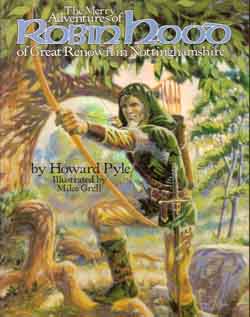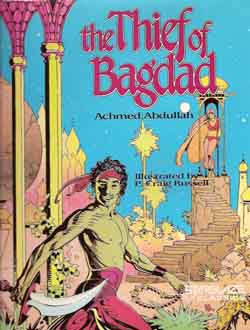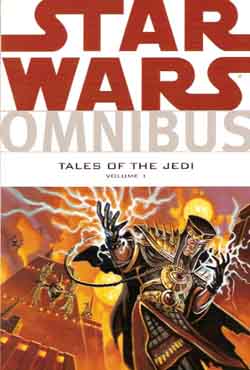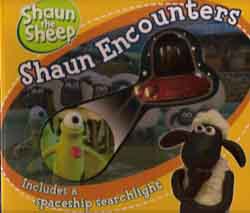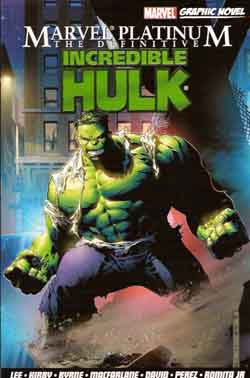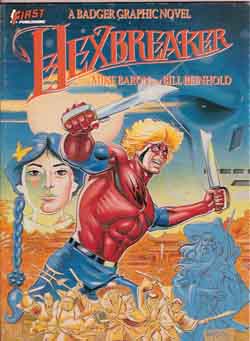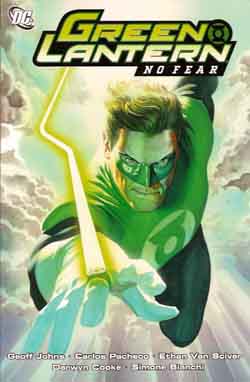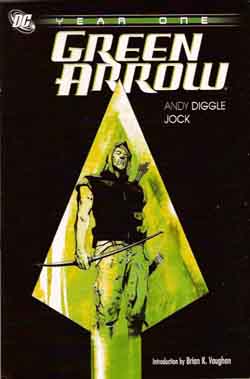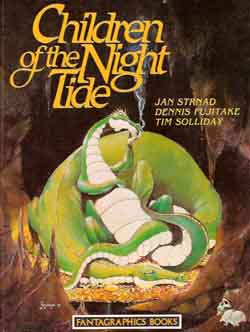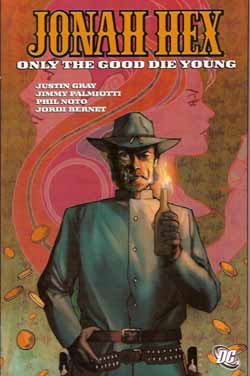
By Justin Gray, Jimmy Palmiotti, Phil Noto, Jordi Bernet, & David Michael Beck (DC Comics)
ISBN13: 978-1-84576-786-0
Confident enough to apply fantasy concepts to this grittiest of human heroes, the assembled creators working on the current incarnation of Jonah Hex blend a darkly ironic streak of wit with a sanguine view of morality and justice to produce some of the most accessible and enjoyable comics fiction available today. In this collection, reprinting issues #19-24 of the comic book series, six discrete tales serve to how the ravaged and dissolute bounty hunter takes everything the universe can throw at him with the same irascible aplomb.
‘Texas Money’, ‘Unfinished Business’ and ‘The Current War’ are all illustrated by Phil Noto; compelling vignettes which well display the thread of black humour that runs through these stories. The first sees Hex hire out to notorious Saloon boss Wiley Park for a rescue mission only to become distracted by the West’s Most Inhospitable Brothel Madam. The second finds Hex paying for a little jest he had at Park’s expense, a truly iconic tribute to a classic Conan the Barbarian scene, before reuniting with an old stooge to settle all accounts with the Saloon owner.
Jordi Bernet handled the interlude issue, ‘Devil’s Paw’, a seemingly more traditional yarn of deserts and mesas, posses and “injunsâ€, but this dark tale of outrage and revenge is conceptually the most adult and brutal in the book, showing the inner core of righteousness that drives Hex, whatever his aspect and actions might hint to the contrary.
‘The Current War’ has an elegiac flavour of the Doomed Wild West and Hex gets an unsettling glimpse of things to come when he is hired to retrieve a prototype robot stolen from an inventor by Thomas Edison. Once more the cynical authorial voice of Gray and Palmiotti make this dark prophecy work in what should be an uncomfortable milieu.
Bernet returns to illustrate a superbly chilling tale of US Cavalry atrocity ‘Who Lïves and Who Dies’, to my mind the perfect modern Western tale before this volume concludes with a no-holds-barred supernatural thriller with art by David Michael Beck, ‘All Hallows Eve’.
Called to a haunted Saloon where ghostly spirit of Justice and sometime ally El Diablo (ISBN: 978-1-4012-1625-2) seeks his aid against the bloodthirsty Prairie Witch, Hex plus, in a delightful comic turn, cowboy vagabond Bat Lash, must defeat the harridan’s plot to bloodily sacrifice the entire town of Coffin Creek. In tone quite similar to a contemporary teen horror flick this too works perfectly as a vehicle for the best Western Anti-hero ever created.
Dark, bloody and wickedly funny this sly blend of action and social commentary is an unmissable treat for readers of an adult temperament and a open mind to genre-bending.
© 2007 DC Comics. All Rights Reserved.

